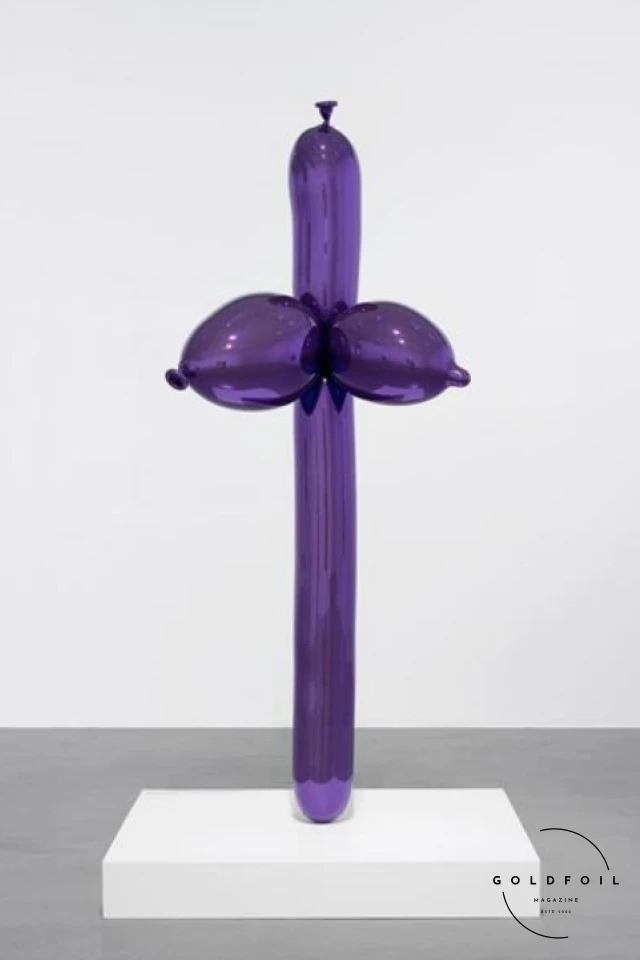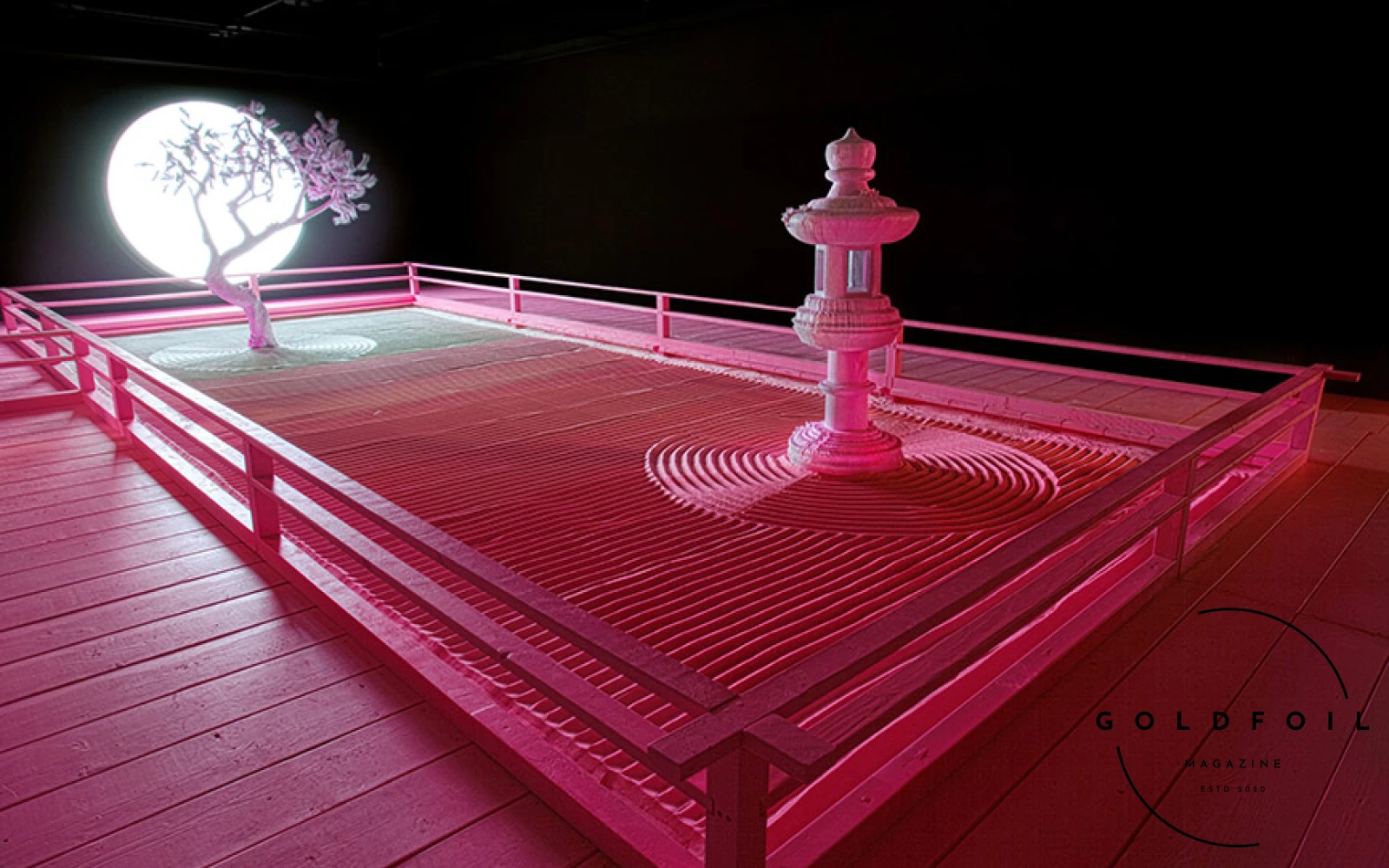Marble Arch has long been viewed as a bit of a conundrum for Londoners—an architectural landmark that’s often dismissed as an eyesore and a crowded tourist magnet. From hosting temporary installations like The Mound in 2022 to sporadic displays of eclectic wonders, Marble Arch has never quite found a lasting cultural purpose. Yet this summer, the area welcomed a fresh addition: Moco Museum, a new interactive art venue promising a cutting-edge collection of celebrity-status artists.
Positioned amidst the familiar hustle and bustle, Moco Museum at Marble Arch introduces a curated art experience that combines the renowned with the unconventional. Big names like Jeff Koons, Daniel Arsham, Jean-Michel Basquiat, and even Picasso are showcased here, wrapped in an immersive format designed to catch the eye of both art newcomers and enthusiasts alike. The museum’s digital presence teases at a multi-sensory journey through contemporary and classic art, with “immersive” splashed across their promotions—a term that's bound to stir up curiosity.
Upon entering, visitors encounter a modest collection from Jeff Koons, starting with his playful ‘Dolphin Taz Trashcan’ suspended from the ceiling, alongside his signature ‘Balloon Venus Dolni Vestonice’ in vivid purple. Here, the range of visitor reactions becomes immediately apparent. Some art aficionados express disappointment, remarking on the lack of cohesion or interest, while families and younger visitors seem captivated by these popular works, engaging with them as some of their first experiences of iconic artists.
Other prominent pieces on the ground floor include Daniel Arsham’s Porsche sculpture from the “Eroded Cars” collection—a work that previously enjoyed a free exhibition space in Selfridges as part of Arsham's collaboration with Dior. The museum also features a selection of Basquiat’s work, which offers more depth and context than some of the other pieces, alongside a discreetly displayed Picasso painting near an emergency exit—an odd placement for such a notable name.
Descending into the museum’s basement, visitors encounter a line-up of multisensory installations, including a striking piece by Arsham, the Lunar Garden. In an otherwise empty room, the installation offers a serene experience, encouraging contemplation. The basement also features the requisite “infinite mirror” room, although this one proved more finite than expected, with cramped space, scuffed surfaces, and visitors crowding the floor. Nearby, an NFT room offered a nostalgic nod to the early digital art boom, but in late 2024, it feels more like a relic of a bygone trend. Rounding out the basement’s offerings are a few digital pieces and a quirky arcade area that adds a playful touch.
The tour culminates upstairs, where visitors are met with a wall displaying artworks by none other than Robbie Williams. Known more for his music career, Williams brings a different energy here, his pieces offering a satirical take on fame and self-expression. Nearby, Banksy’s works make an appearance, along with a Kaws sculpture and a collection by Marina Abramovich focused on crystals and themes of personal energy. Takashi Murakami’s vibrant mural, occupying an entire wall, adds a punch of colour and is perhaps the most memorable display in the museum.
For all its impressive pieces, Moco Museum doesn’t quite escape scrutiny. The ticket price—over £20 per adult—feels steep, especially for works that have previously been displayed free of charge around London. Despite its array of high-profile artists, the curation lacks a cohesive theme or narrative, instead opting for an assortment of familiar names that don’t always connect seamlessly. In this sense, Moco feels like yet another venture into the “Instagrammable museum” trend, geared toward generating buzz around the brand rather than offering a genuinely immersive artistic journey.
Ultimately, Moco Museum brings a new dynamic to Marble Arch, giving visitors an opportunity to experience big-name art in an interactive setting. It may not be a transformative addition, but it succeeds in adding another layer of intrigue to the ever-divisive Marble Arch area. Overall, the experience felt like an expensive tourist trap which could easily be avoided by a visit to a gallery like the Tate Modern.





